 Credit: Angie Wang
Credit: Angie Wang
In 1942, the anthropologist Ashley Montagu published “Man’s Most Dangerous Myth: The Fallacy of Race,” an influential book that argued that race is a social concept with no genetic basis. A classic example often cited is the inconsistent definition of “black.” In the United States, historically, a person is “black” if he has any sub-Saharan African ancestry; in Brazil, a person is not “black” if he is known to have any European ancestry. If “black” refers to different people in different contexts, how can there be any genetic basis to it?
Beginning in 1972, genetic findings began to be incorporated into this argument. That year, the geneticist Richard Lewontin published an important study of variation in protein types in blood. He grouped the human populations he analyzed into seven “races” — West Eurasians, Africans, East Asians, South Asians, Native Americans, Oceanians and Australians — and found that around 85 percent of variation in the protein types could be accounted for by variation within populations and “races,” and only 15 percent by variation across them. To the extent that there was variation among humans, he concluded, most of it was because of “differences between individuals.”
In this way, a consensus was established that among human populations there are no differences large enough to support the concept of “biological race.” Instead, it was argued, race is a “social construct,” a way of categorizing people that changes over time and across countries.
It is true that race is a social construct. It is also true, as Dr. Lewontin wrote, that human populations “are remarkably similar to each other” from a genetic point of view.
But over the years this consensus has morphed, seemingly without questioning, into an orthodoxy. The orthodoxy maintains that the average genetic differences among people grouped according to today’s racial terms are so trivial when it comes to any meaningful biological traits that those differences can be ignored.
The orthodoxy goes further, holding that we should be anxious about any research into genetic differences among populations. The concern is that such research, no matter how well-intentioned, is located on a slippery slope that leads to the kinds of pseudoscientific arguments about biological difference that were used in the past to try to justify the slave trade, the eugenics movement and the Nazis’ murder of six million Jews.
I have deep sympathy for the concern that genetic discoveries could be misused to justify racism. But as a geneticist I also know that it is simply no longer possible to ignore average genetic differences among “races.”
Groundbreaking advances in DNA sequencing technology have been made over the last two decades. These advances enable us to measure with exquisite accuracy what fraction of an individual’s genetic ancestry traces back to, say, West Africa 500 years ago — before the mixing in the Americas of the West African and European gene pools that were almost completely isolated for the last 70,000 years. With the help of these tools, we are learning that while race may be a social construct, differences in genetic ancestry that happen to correlate to many of today’s racial constructs are real.
Recent genetic studies have demonstrated differences across populations not just in the genetic determinants of simple traits such as skin color, but also in more complex traits like bodily dimensions and susceptibility to diseases. For example, we now know that genetic factors help explain why northern Europeans are taller on average than southern Europeans, why multiple sclerosis is more common in European-Americans than in African-Americans, and why the reverse is true for end-stage kidney disease.
I am worried that well-meaning people who deny the possibility of substantial biological differences among human populations are digging themselves into an indefensible position, one that will not survive the onslaught of science. I am also worried that whatever discoveries are made — and we truly have no idea yet what they will be — will be cited as “scientific proof” that racist prejudices and agendas have been correct all along, and that those well-meaning people will not understand the science well enough to push back against these claims.
This is why it is important, even urgent, that we develop a candid and scientifically up-to-date way of discussing any such differences, instead of sticking our heads in the sand and being caught unprepared when they are found.
To get a sense of what modern genetic research into average biological differences across populations looks like, consider an example from my own work. Beginning around 2003, I began exploring whether the population mixture that has occurred in the last few hundred years in the Americas could be leveraged to find risk factors for prostate cancer, a disease that occurs 1.7 times more often in self-identified African-Americans than in self-identified European-Americans. This disparity had not been possible to explain based on dietary and environmental differences, suggesting that genetic factors might play a role.
Self-identified African-Americans turn out to derive, on average, about 80 percent of their genetic ancestry from enslaved Africans brought to America between the 16th and 19th centuries. My colleagues and I searched, in 1,597 African-American men with prostate cancer, for locations in the genome where the fraction of genes contributed by West African ancestors was larger than it was elsewhere in the genome. In 2006, we found exactly what we were looking for: a location in the genome with about 2.8 percent more African ancestry than the average.
When we looked in more detail, we found that this region contained at least seven independent risk factors for prostate cancer, all more common in West Africans. Our findings could fully account for the higher rate of prostate cancer in African-Americans than in European-Americans. We could conclude this because African-Americans who happen to have entirely European ancestry in this small section of their genomes had about the same risk for prostate cancer as random Europeans.
Did this research rely on terms like “African-American” and “European-American” that are socially constructed, and did it label segments of the genome as being probably “West African” or “European” in origin? Yes. Did this research identify real risk factors for disease that differ in frequency across those populations, leading to discoveries with the potential to improve health and save lives? Yes.
While most people will agree that finding a genetic explanation for an elevated rate of disease is important, they often draw the line there. Finding genetic influences on a propensity for disease is one thing, they argue, but looking for such influences on behavior and cognition is another.
But whether we like it or not, that line has already been crossed. A recent study led by the economist Daniel Benjamin compiled information on the number of years of education from more than 400,000 people, almost all of whom were of European ancestry. After controlling for differences in socioeconomic background, he and his colleagues identified 74 genetic variations that are over-represented in genes known to be important in neurological development, each of which is incontrovertibly more common in Europeans with more years of education than in Europeans with fewer years of education.
It is not yet clear how these genetic variations operate. A follow-up study of Icelanders led by the geneticist Augustine Kong showed that these genetic variations also nudge people who carry them to delay having children. So these variations may be explaining longer times at school by affecting a behavior that has nothing to do with intelligence.
This study has been joined by others finding genetic predictors of behavior. One of these, led by the geneticist Danielle Posthuma, studied more than 70,000 people and found genetic variations in more than 20 genes that were predictive of performance on intelligence tests.
Is performance on an intelligence test or the number of years of school a person attends shaped by the way a person is brought up? Of course. But does it measure something having to do with some aspect of behavior or cognition? Almost certainly. And since all traits influenced by genetics are expected to differ across populations (because the frequencies of genetic variations are rarely exactly the same across populations), the genetic influences on behavior and cognition will differ across populations, too.
You will sometimes hear that any biological differences among populations are likely to be small, because humans have diverged too recently from common ancestors for substantial differences to have arisen under the pressure of natural selection. This is not true. The ancestors of East Asians, Europeans, West Africans and Australians were, until recently, almost completely isolated from one another for 40,000 years or longer, which is more than sufficient time for the forces of evolution to work. Indeed, the study led by Dr. Kong showed that in Iceland, there has been measurable genetic selection against the genetic variations that predict more years of education in that population just within the last century.
To understand why it is so dangerous for geneticists and anthropologists to simply repeat the old consensus about human population differences, consider what kinds of voices are filling the void that our silence is creating. Nicholas Wade, a longtime science journalist for The New York Times, rightly notes in his 2014 book, “A Troublesome Inheritance: Genes, Race and Human History,” that modern research is challenging our thinking about the nature of human population differences. But he goes on to make the unfounded and irresponsible claim that this research is suggesting that genetic factors explain traditional stereotypes.
One of Mr. Wade’s key sources, for example, is the anthropologist Henry Harpending, who has asserted that people of sub-Saharan African ancestry have no propensity to work when they don’t have to because, he claims, they did not go through the type of natural selection for hard work in the last thousands of years that some Eurasians did. There is simply no scientific evidence to support this statement. Indeed, as 139 geneticists (including myself) pointed out in a letter to The New York Times about Mr. Wade’s book, there is no genetic evidence to back up any of the racist stereotypes he promotes.
Another high-profile example is James Watson, the scientist who in 1953 co-discovered the structure of DNA, and who was forced to retire as head of the Cold Spring Harbor Laboratories in 2007 after he stated in an interview — without any scientific evidence — that research has suggested that genetic factors contribute to lower intelligence in Africans than in Europeans.
At a meeting a few years later, Dr. Watson said to me and my fellow geneticist Beth Shapiro something to the effect of “When are you guys going to figure out why it is that you Jews are so much smarter than everyone else?” He asserted that Jews were high achievers because of genetic advantages conferred by thousands of years of natural selection to be scholars, and that East Asian students tended to be conformist because of selection for conformity in ancient Chinese society. (Contacted recently, Dr. Watson denied having made these statements, maintaining that they do not represent his views; Dr. Shapiro said that her recollection matched mine.)
What makes Dr. Watson’s and Mr. Wade’s statements so insidious is that they start with the accurate observation that many academics are implausibly denying the possibility of average genetic differences among human populations, and then end with a claim — backed by no evidence — that they know what those differences are and that they correspond to racist stereotypes. They use the reluctance of the academic community to openly discuss these fraught issues to provide rhetorical cover for hateful ideas and old racist canards.
This is why knowledgeable scientists must speak out. If we abstain from laying out a rational framework for discussing differences among populations, we risk losing the trust of the public and we actively contribute to the distrust of expertise that is now so prevalent. We leave a vacuum that gets filled by pseudoscience, an outcome that is far worse than anything we could achieve by talking openly.
If scientists can be confident of anything, it is that whatever we currently believe about the genetic nature of differences among populations is most likely wrong. For example, my laboratory discovered in 2016, based on our sequencing of ancient human genomes, that “whites” are not derived from a population that existed from time immemorial, as some people believe. Instead, “whites” represent a mixture of four ancient populations that lived 10,000 years ago and were each as different from one another as Europeans and East Asians are today.
So how should we prepare for the likelihood that in the coming years, genetic studies will show that many traits are influenced by genetic variations, and that these traits will differ on average across human populations? It will be impossible — indeed, anti-scientific, foolish and absurd — to deny those differences.
For me, a natural response to the challenge is to learn from the example of the biological differences that exist between males and females. The differences between the sexes are far more profound than those that exist among human populations, reflecting more than 100 million years of evolution and adaptation. Males and females differ by huge tracts of genetic material — a Y chromosome that males have and that females don’t, and a second X chromosome that females have and males don’t.
Most everyone accepts that the biological differences between males and females are profound. In addition to anatomical differences, men and women exhibit average differences in size and physical strength. (There are also average differences in temperament and behavior, though there are important unresolved questions about the extent to which these differences are influenced by social expectations and upbringing.)
How do we accommodate the biological differences between men and women? I think the answer is obvious: We should both recognize that genetic differences between males and females exist and we should accord each sex the same freedoms and opportunities regardless of those differences.
It is clear from the inequities that persist between women and men in our society that fulfilling these aspirations in practice is a challenge. Yet conceptually it is straightforward. And if this is the case with men and women, then it is surely the case with whatever differences we may find among human populations, the great majority of which will be far less profound.
An abiding challenge for our civilization is to treat each human being as an individual and to empower all people, regardless of what hand they are dealt from the deck of life. Compared with the enormous differences that exist among individuals, differences among populations are on average many times smaller, so it should be only a modest challenge to accommodate a reality in which the average genetic contributions to human traits differ.
It is important to face whatever science will reveal without prejudging the outcome and with the confidence that we can be mature enough to handle any findings. Arguing that no substantial differences among human populations are possible will only invite the racist misuse of genetics that we wish to avoid.
David Reich is a professor of genetics at Harvard and the author of the forthcoming book “Who We Are and How We Got Here: Ancient DNA and the New Science of the Human Past,” from which this article is adapted.


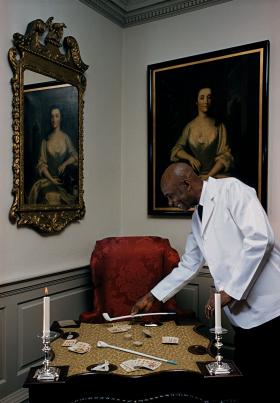

 South African gold miners were “entranced by thundering drums” during “vigorous tribal dances,” a
South African gold miners were “entranced by thundering drums” during “vigorous tribal dances,” a  National Geographic of the mid-20th century was known for its glamorous depictions of Pacific islanders. Tarita Teriipaia, from Bora-Bora, was
National Geographic of the mid-20th century was known for its glamorous depictions of Pacific islanders. Tarita Teriipaia, from Bora-Bora, was 


 Ilustração de capa da Ilustríssima, por Fabio Zimbres
Ilustração de capa da Ilustríssima, por Fabio Zimbres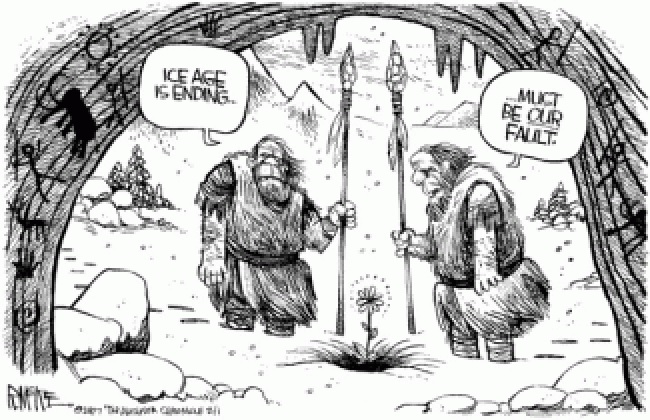
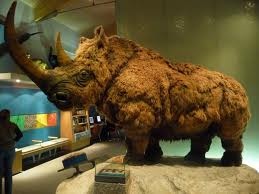 Indeed, science was turned on its head after a discovery in 1772 near Vilui, Siberia, of an intact frozen woolly rhinoceros, which was followed by the more famous discovery of a frozen mammoth in 1787. You may be shocked, but these discoveries of frozen animals with grass still in their stomachs set in motion these two schools of thought since the evidence implied you could be eating lunch and suddenly find yourself frozen, only to be discovered by posterity.
Indeed, science was turned on its head after a discovery in 1772 near Vilui, Siberia, of an intact frozen woolly rhinoceros, which was followed by the more famous discovery of a frozen mammoth in 1787. You may be shocked, but these discoveries of frozen animals with grass still in their stomachs set in motion these two schools of thought since the evidence implied you could be eating lunch and suddenly find yourself frozen, only to be discovered by posterity.
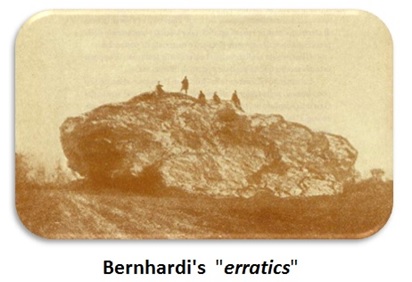


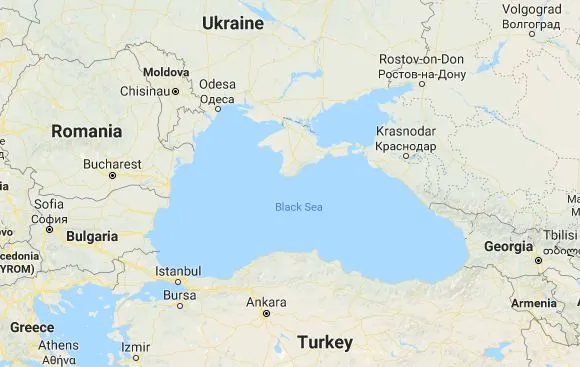



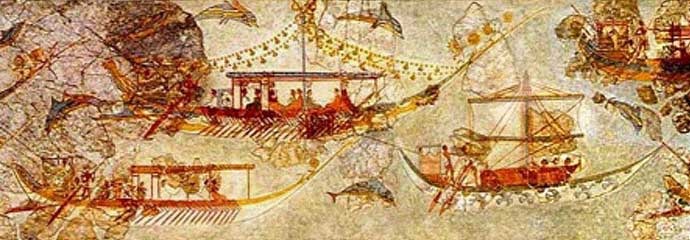
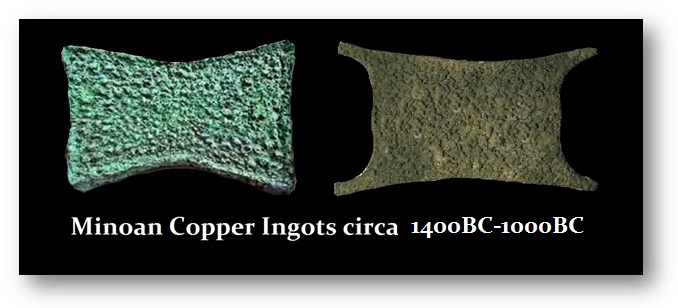
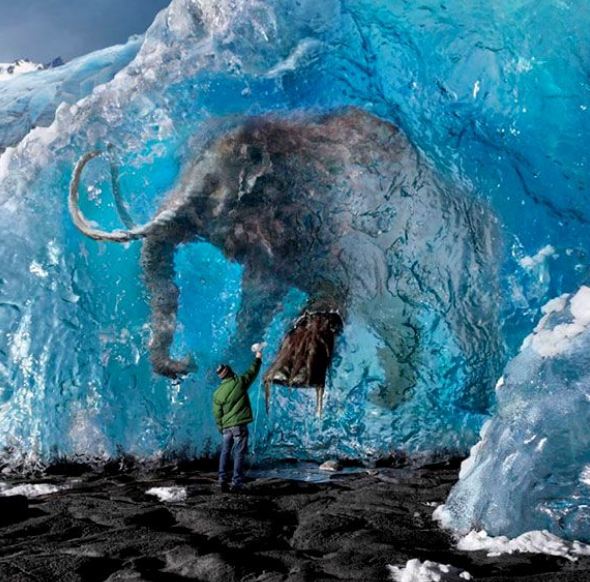



Você precisa fazer login para comentar.